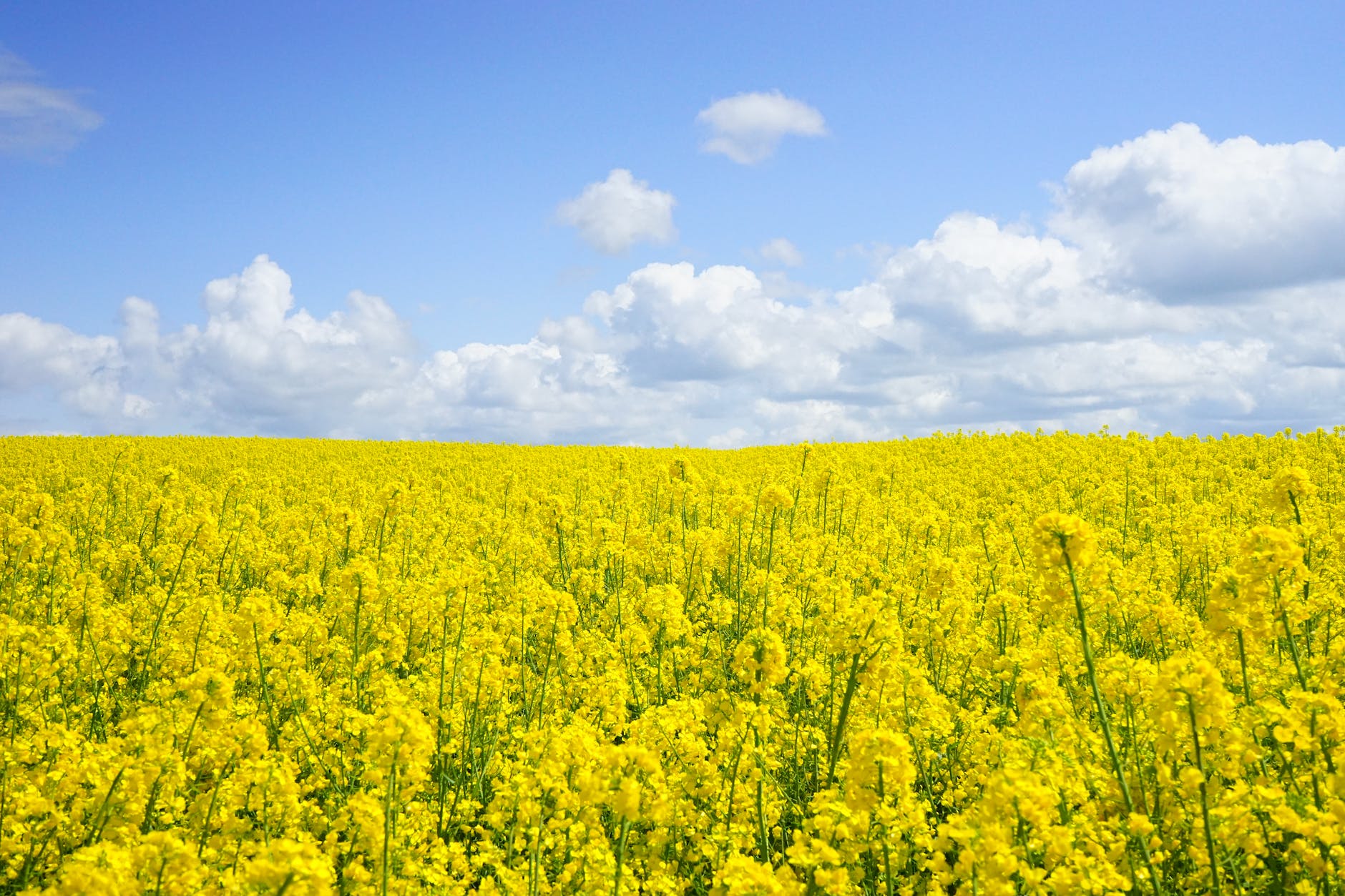The increasing global acceptance and legalization of cannabis for both recreational and medicinal use have led to a significant boom in its cultivation. However, this cultivation often comes at a cost to our environment. Traditional cannabis farming consumes vast amounts of energy, water, and often involves the use of harmful chemical pesticides and fertilizers. These practices contribute significantly to our carbon footprint, posing an urgent need to switch to sustainable and eco-friendly cultivation methods.
Sustainable practices in cannabis cultivation start with a fundamental commitment to organic farming. Organic farming prohibits the use of synthetic fertilizers and pesticides, instead favoring the use of organic materials to nurture plants. This ensures that the soil retains its fertility, promoting healthier crops, and eliminating the risks related to chemical residues.
While organic farming forms the baseline, moving towards more holistic practices such as regenerative agriculture can considerably benefit our environment. It focuses on rebuilding organic matter and restoring degraded soil, taking it a step beyond sustainable farming. By applying regenerative practices like cover cropping, crop rotation, and no-till farming, cultivators can improve soil health while counterbalancing their carbon footprint.
Conservation and efficient utilization of water resources is paramount in sustainable cannabis cultivation. Correct irrigation techniques and the reuse of wastewater through precision agriculture can significantly contribute to water conservation.
Energy consumption, primarily connected with indoor growing practices, form a substantial chunk of cannabis cultivation’s ecological impact. Embracing renewable energy sources like solar and wind power can significantly reduce this impact. Moreover, the use of energy-efficient LED lights in indoor cultivation can lower electricity consumption.
Greenhouse cultivation methods, when combined with the use of renewable energy, form an excellent balance between growing high-quality cannabis and adopting sustainable practices. Greenhouses provide a controlled environment that can be easily managed with lower energy and water requirements than traditional indoor growing setups.
An integral part of organic farming is composting, where organic waste materials decompose naturally into nutrient-rich compost. Using composting in cannabis cultivation enriches the soil, helps retain moisture and suppresses plant diseases and pests. This process also reduces the need for chemical fertilizers, making it an excellent tool for sustainable cannabis farming.
Moreover, farmers can use the stems, roots and other parts of the cannabis plants that are typically discarded to create compost, thus reducing waste and increasing sustainability.
Finally, using eco-friendly products in every aspect of cultivation and processing – from biodegradable packaging to organic nutrients – can contribute significantly toward a more sustainable cannabis industry.
In conclusion, as the cannabis industry continues to grow, it is incumbent upon producers to implement sustainable practices to minimize the negative ecological impacts. By incorporating practices such as organic farming, regenerative agriculture, water conservation, and using renewable energy and composting, we can pave the way for a more sustainable and eco-friendly cannabis cultivation model. It would not only ensure a healthy planet for future generations but also deliver a quality product to consumers for years to come. Sustainable cannabis cultivation is not just an environmentally sound practice, but it is a smart business approach that provides long-term benefits to cultivators, consumers, and the planet alike.
